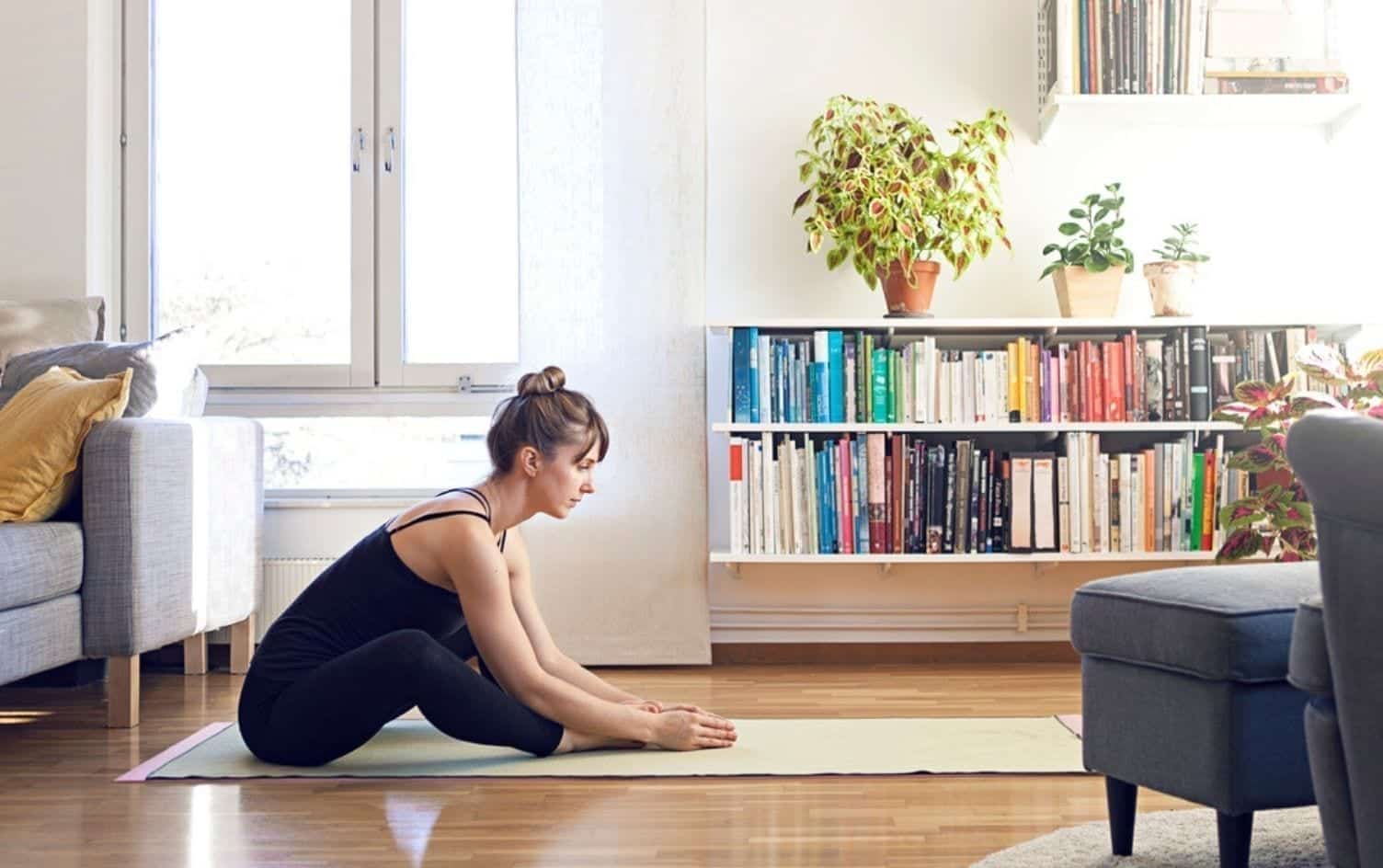Few things are as universally-disliked among exercisers as stretching.
“Many people hate stretching because they associate it with physically unpleasant sensations,” says Nikki Naab-Levy, a certified Pilates teacher and licensed massage therapist. Other people find stretching boring “because in traditional ‘gym class’-style stretching, you hold one position for a really long period, and you’re not really doing much,” Naab-Levy says.
That’s unfortunate. After all, flexibility is a vital piece of overall health and fitness. Regular stretching sessions reduce muscle tightness, allow your muscles and joints to move efficiently in all directions, and support optimal movement, according to Jessica Matthews, doctor of behavioral health, assistant professor of kinesiology and integrative wellness at Point Loma Nazarene University, and author of “Stretching to Stay Young.”
If you put off stretching, it’s not too late to flip the script. Get more enjoyment from your stretching sessions with these expert tips.
FIND A FORM YOU ENJOY
Think stretching is limited to toe reaches and draping your heels over the edge of a step? Think again. “While many people tend to think solely of static stretching, there are other effective and enjoyable approaches to improve flexibility and enhance joint range of motion,” Matthews says.
If you find static stretching boring or unpleasant, play around with other kinds of stretching. Other forms include foam rolling, dynamic stretching, proprioceptive neuromuscular facilitation (PNF), Pilates and yoga.
“Developing a well-rounded flexibility training routine utilizing a variety of research-supported strategies can help to create more enjoyable and beneficial stretching experiences,” Matthews says.
DON’T FORCE THE STRETCH
Stretching shouldn’t hurt. In fact, stretching to the point of discomfort or pain can make us tense up instead of stretch out.
“When we try to force a range that we don’t have, our nervous system will sometimes create more tension or ‘guarding’ to prevent us from going into a range that doesn’t feel safe,” Naab-Levy says.
To make stretching enjoyable and effective, Naab-Levy recommends holding a stretch at the point where you feel a gentle sensation rather than pain.
BUILD IT INTO YOUR WARMUP OR COOLDOWN
You don’t need to do hour-long stretch routines to see benefits. “Find a simple routine or series of exercises that you can incorporate into your warmup or cooldown,” Naab-Levy says. “Just five or 10 minutes a few times a week counts.”
KEEP IT SIMPLE
“The more complicated we make things, the less likely we are to do it,” Naab-Levy says. Instead of forcing yourself to do complicated or uncomfortable stretching techniques, pick a handful of exercises you can do without a second thought.
For example, if you usually spend your days desk-bound, identify three simple stretches or movements you can do in 5 minutes once every hour. Seated hamstring stretches, seated spinal twists, and neck rotations are great options.
PICK STRETCHES THAT FIT YOUR NEEDS
“No one wants to do something that feels pointless, and truth be told, most of us don’t need to stretch every part of our body,” Naab-Levy says. “As long as you have enough for the demands of daily life and the activities that you enjoy, you don’t need to be a human pretzel.”
A better move is to target areas that are excessively stiff or get worked daily. A fitness professional, Pilates or yoga instructor, or physical therapist may be able to help you narrow things down.
That said, most of us would benefit from stretching calves, hip flexors, glutes, hamstrings, upper back and shoulders, according to Naab-Levy.
USE PROPS
Low-cost props and household items can make stretching more enjoyable.
For example, placing a towel under your knees can add comfort and support during kneeling stretches, Matthews says. You can also use a strap, belt or hand towel to deepen stretches safely and effectively. Yoga blocks can be used to support your head, lower back or knees during floor stretches.
STRETCH WHEN WARM
“[Static] stretching is not only more comfortable when the body is warm, but it’s also more effective,” Matthews says. In fact, performing static stretches when your muscles are cold only increases your risk of pain and injury.
Before jumping into a static stretching routine, be sure to warm up your muscles with a hot bath or shower, a quick walk or a series of dynamic stretches.
One great move for warming up every muscle and joint in your body is known as “The World’s Greatest Stretch.”
Here’s how to do it:
- From a standing position, step your left foot forward and lower into a lunge.
- Keeping your back knee off the floor, set your right palm on the ground beneath your right shoulder.
- Bring your left elbow to the inside of your left foot, calf or knee.
- Shift your hips so they point toward the floor.
- Twist at the torso to lift your left arm and reach your fingers toward the ceiling.
- Reverse the movement to return to standing.
- Alternate for five reps per side and remember to breathe!
Check out “Workout Routines” in the MyFitnessPal app to discover and log workouts or build your own with exercises that fit your goals.




